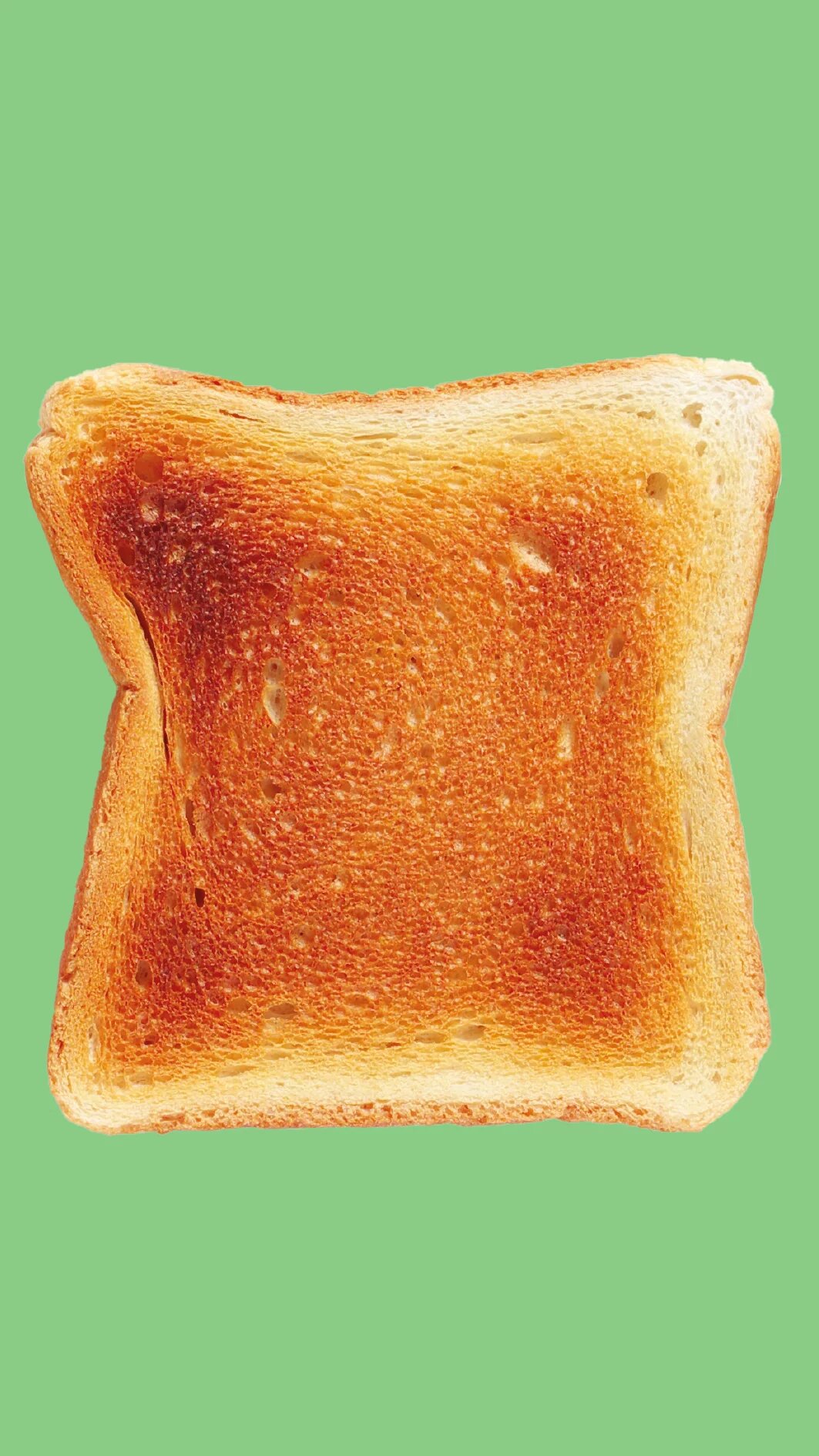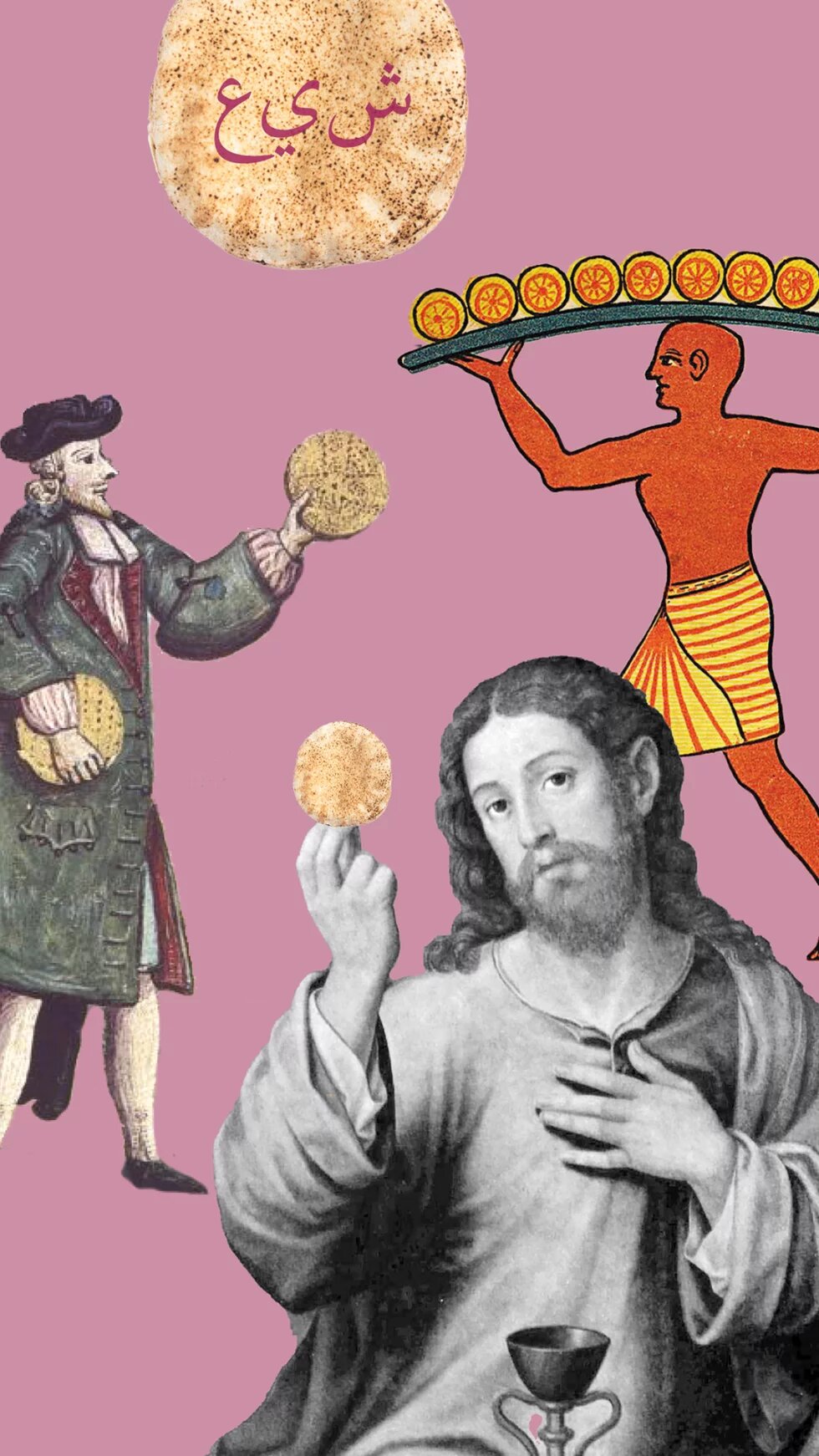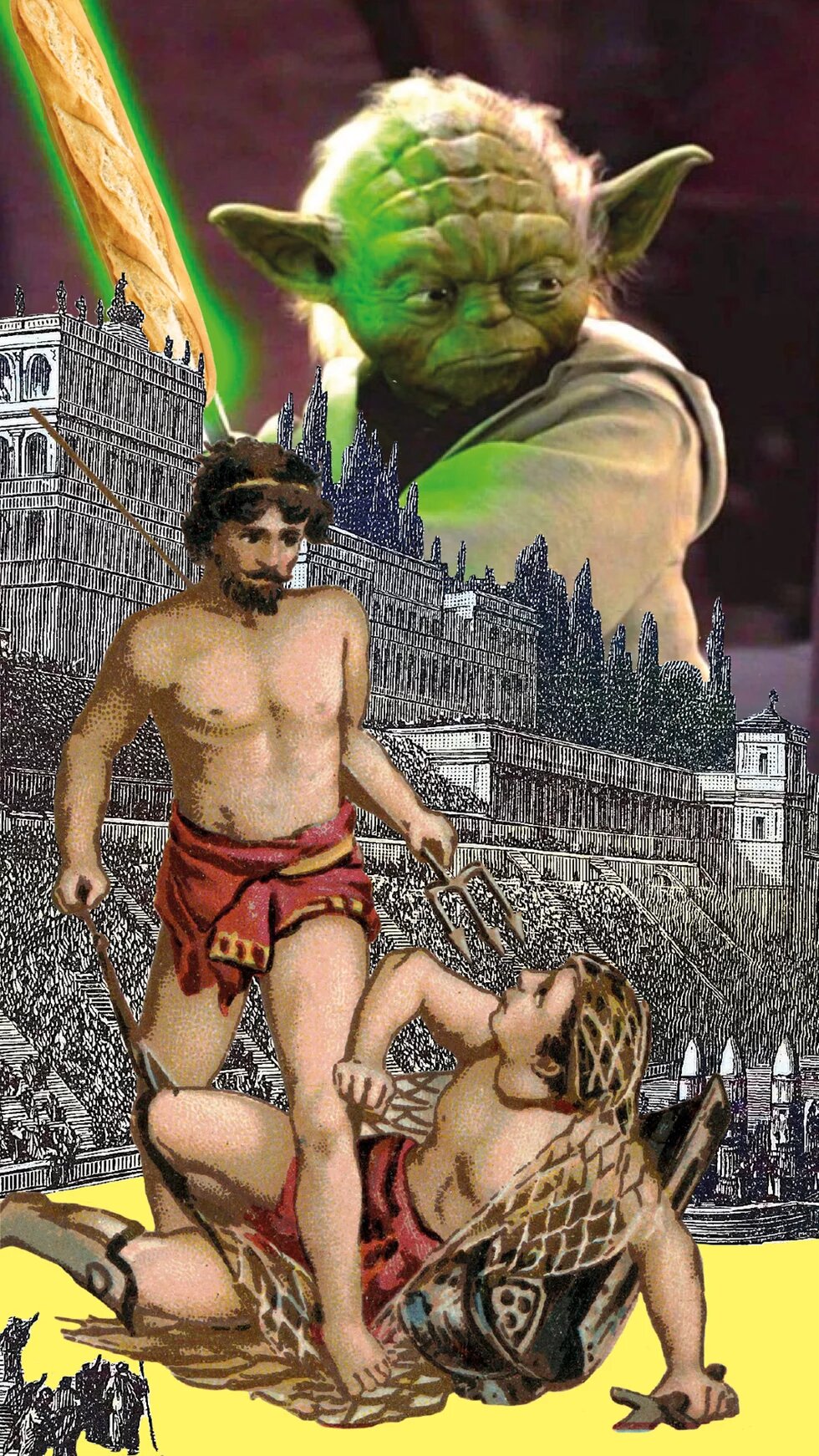


Bread is history. Whether we are talking flatbread, baguette, simit, or lavash, wholemeal bread, bagels, naan or ciabatta – the bread we share connects us across cultures, even across the globe.
From three basic ingredients, flour, water and leavens such as yeast or sourdough, humans have produced a stunning variety of bread around the world.
Bread connects us with our ancestors, who over 14,000 years ago baked the first flatbreads made from wild wheat and roots over fireplaces in Jordan, long before we invented agriculture and learned how to cultivate crops.

It also ties us to the ancient Egyptians, who became known to their contemporaries as “bread eaters” after they built the first bakeries and discovered sourdough 6,000 years ago.
Over time, bread became the key food for many cultures around the world. It is hardly surprising then that in Christianity, Judaism and Islam it came to symbolise life, the sacred and community.

In many parts of the world, bread has played a pivotal role in shaping history, culture, society and religion. It is an extremely important staple food – and thus inherently political.
Providing subsidies for bread and other staple foods is seen as an effective means to uphold political stability or maintain one’s grip on power. It was strategically implemented as early as 2,000 years ago during the Roman Empire.

The popular expression “bread and circuses,” attributed to the satiric poet Juvenal, was part of a broader criticism directed against the people of Rome, who all too eagerly gave up their sovereignty in return for crops, chariot races and gladiator fights – distractions that drew their focus away from urgent political challenges that needed solving.
A glance at history highlights just how often riots and uprisings have been ignited by rising bread prices. Bread riots – led predominantly by women – were widespread throughout Europe in the 17th and 18th centuries. The most famous protest of this kind marked the beginning of the French Revolution.
In the months preceding the uprising, bread prices had increased three times faster than average wages, and when food prices continued to soar, thousands of women in the marketplaces marched on Versailles, calling on “the Baker, the Baker’s Wife and the Baker’s Son,” i.e. the royal family, to return to Paris.

But if we are looking for instructive events, there are also more recent examples to learn from: In 2007/08, soaring prices for staple foods caused a global food crisis, triggering unrest, riots and protests in 48 countries.
The Arab Spring was preceded in 2010 by a surge in food prices, and bread became a key symbol of the protests.
Continue to Chapter 2
© Heinrich-Böll-Stiftung e.V.
Schumannstraße 8
10117 Berlin
T +49 (30) 285 34-0
F +49 (30) 285 34-109
www.boell.de
info@boell.de